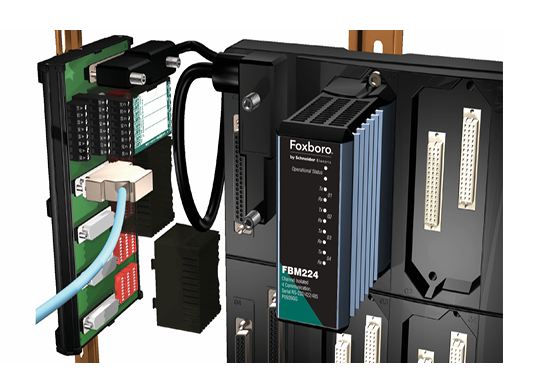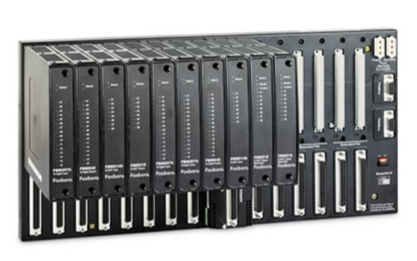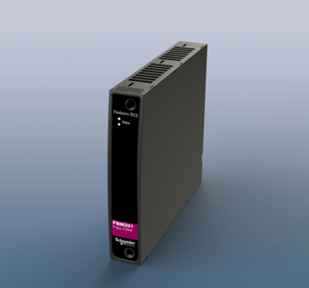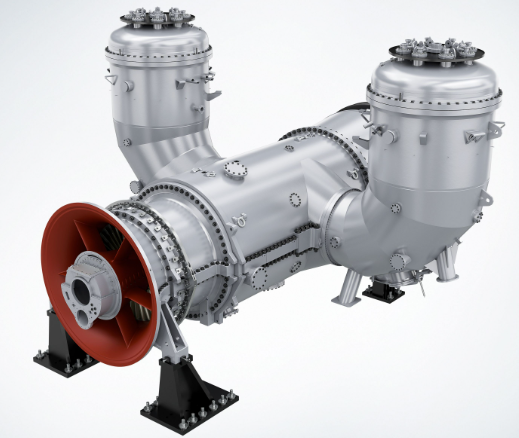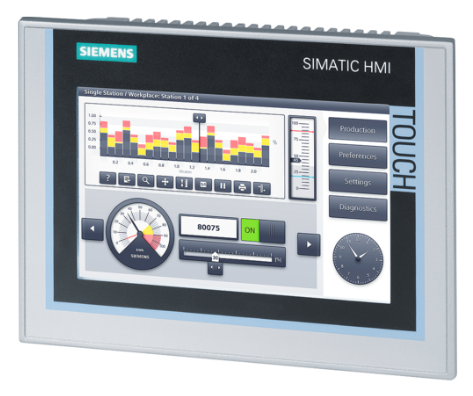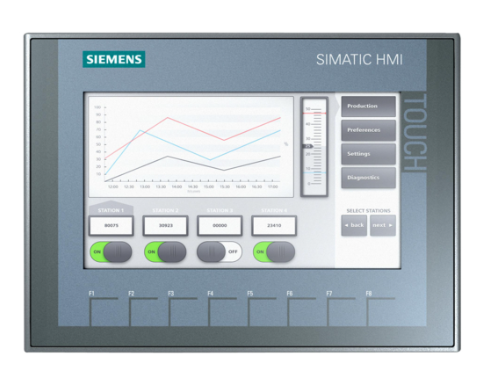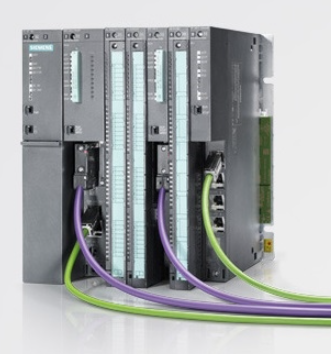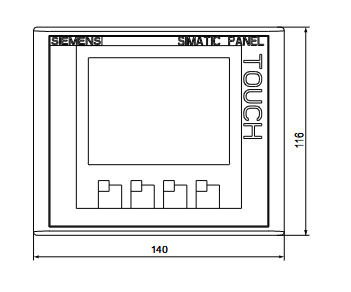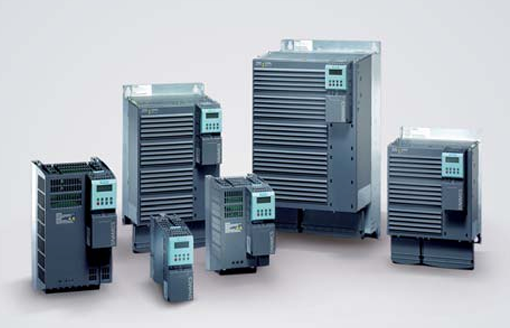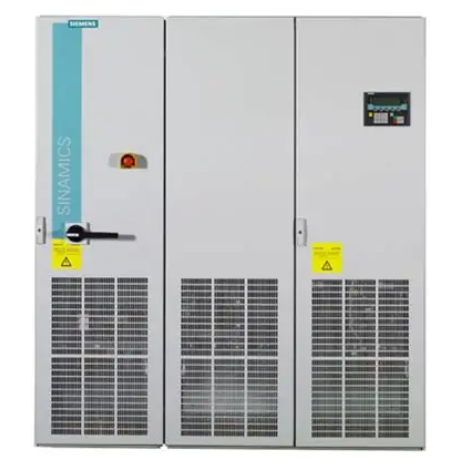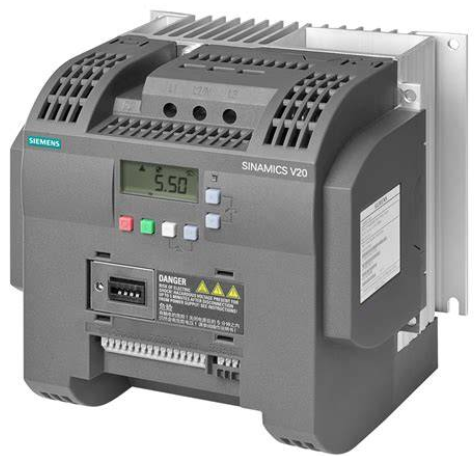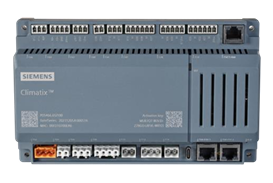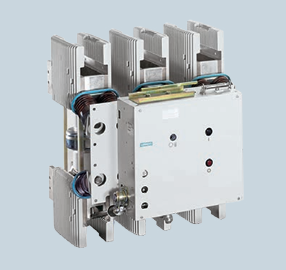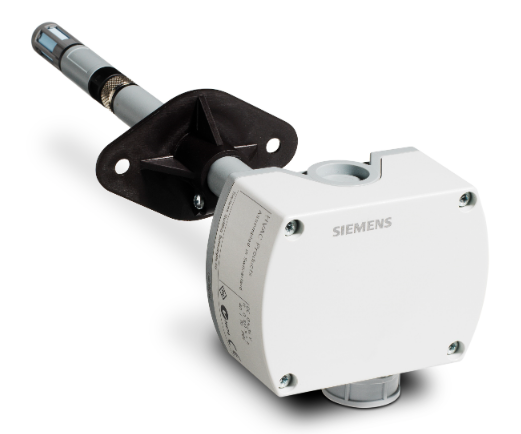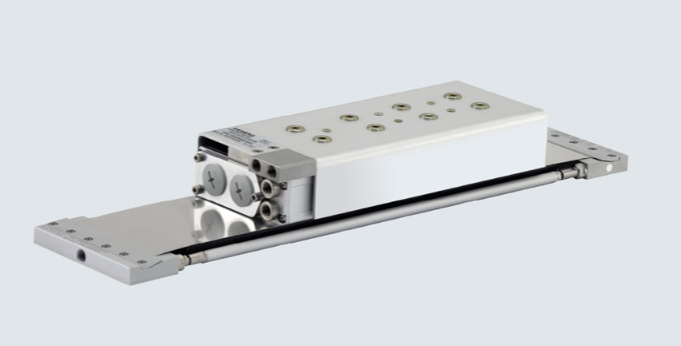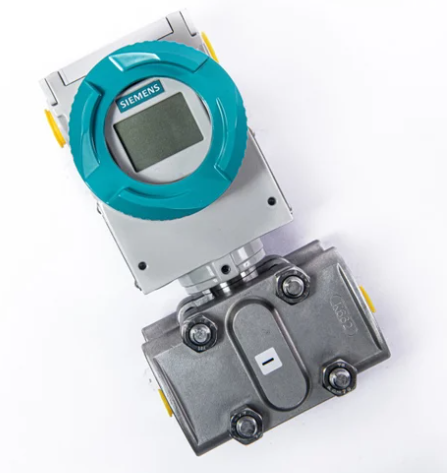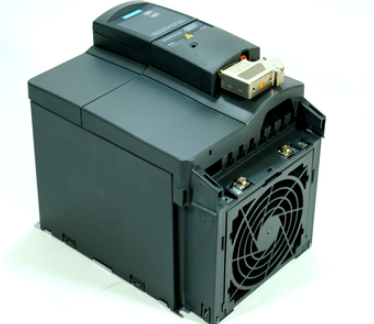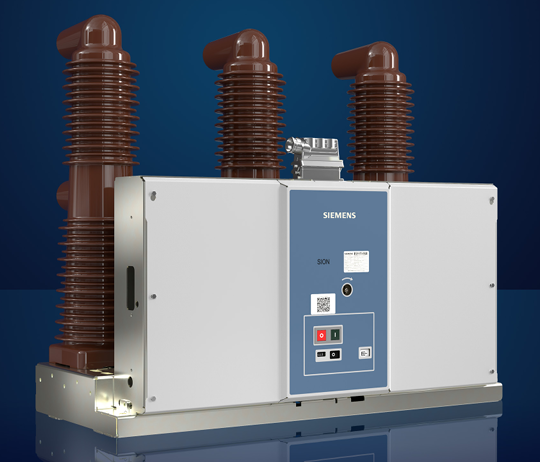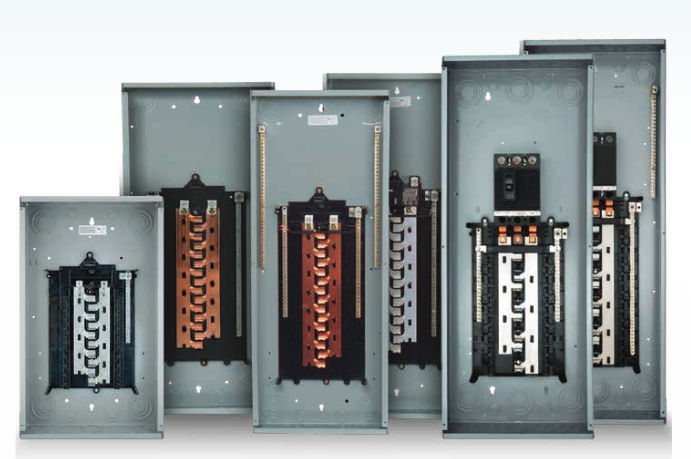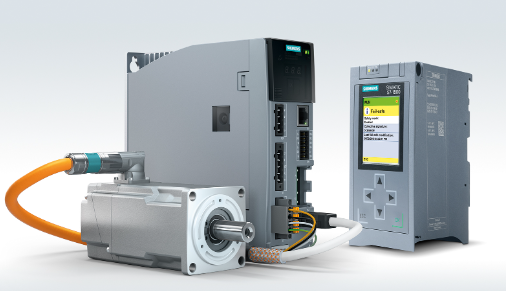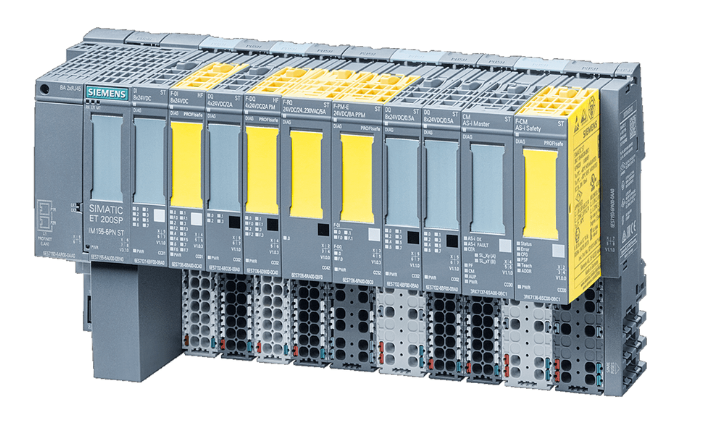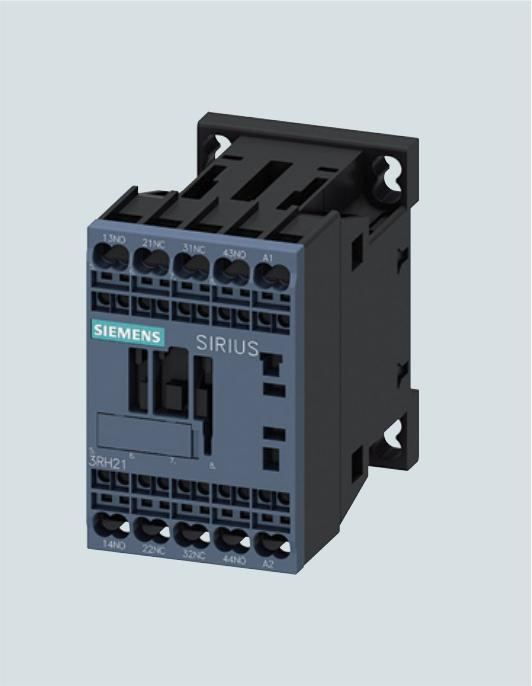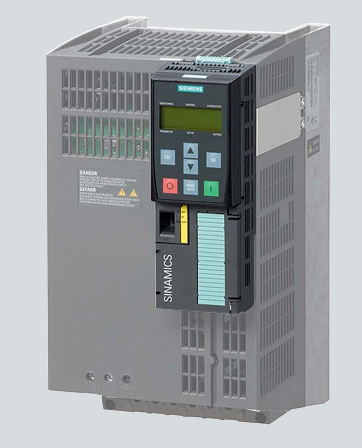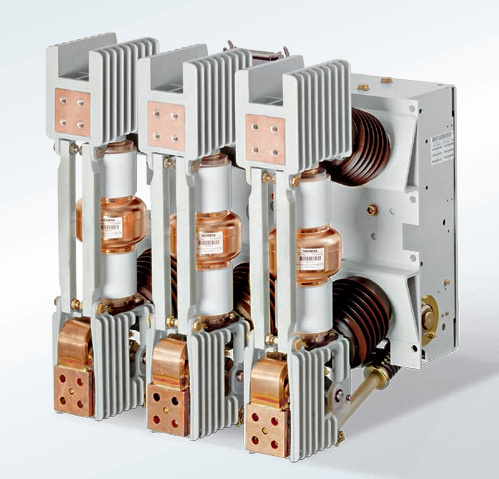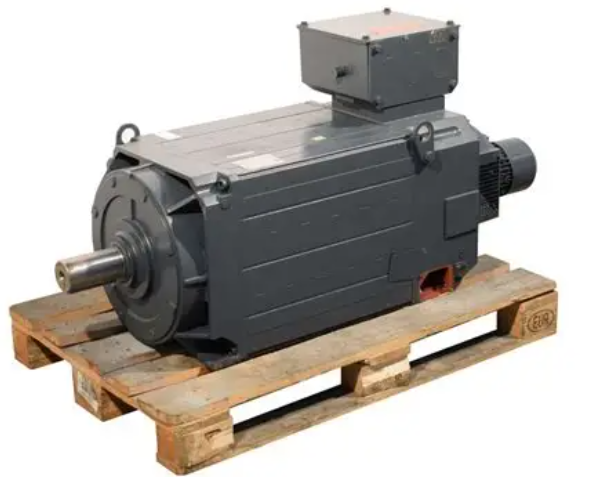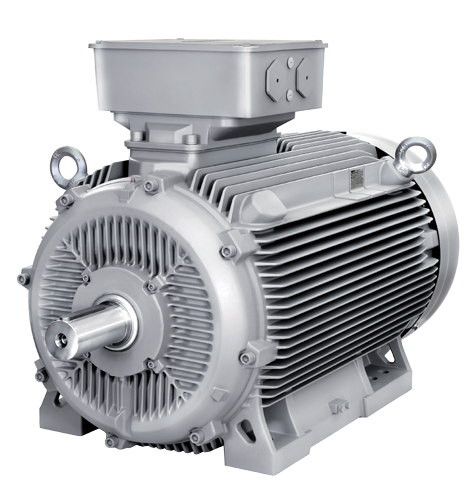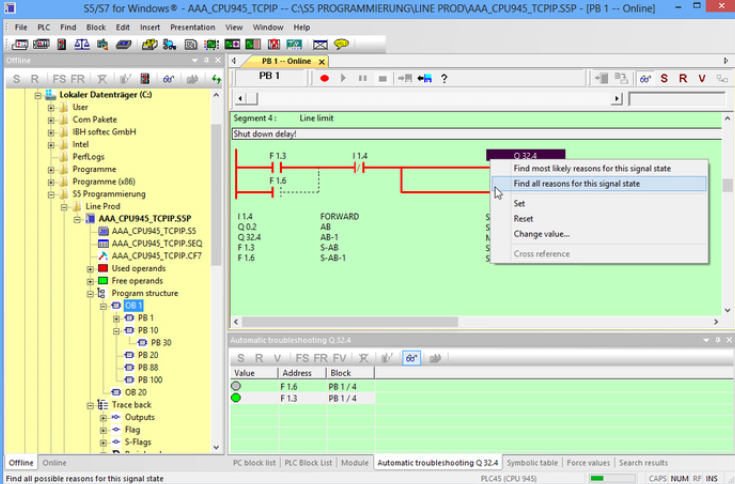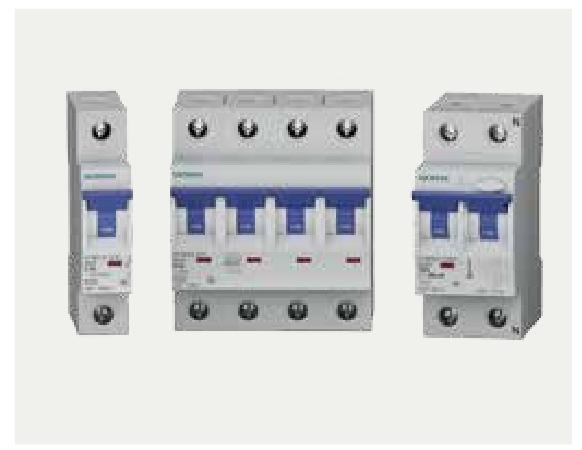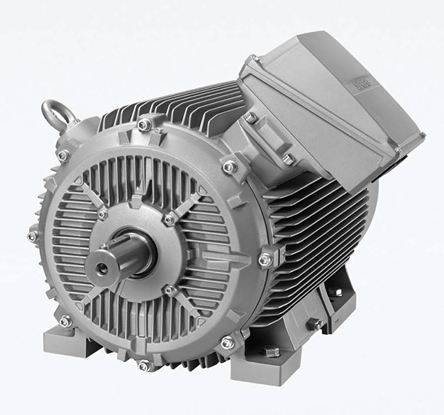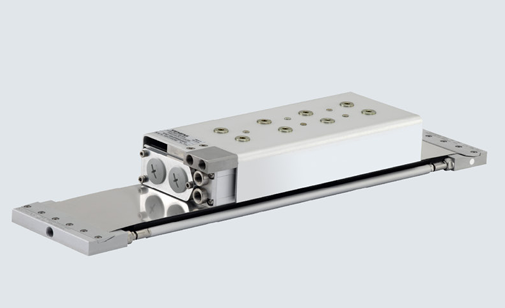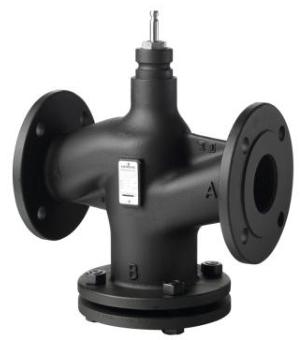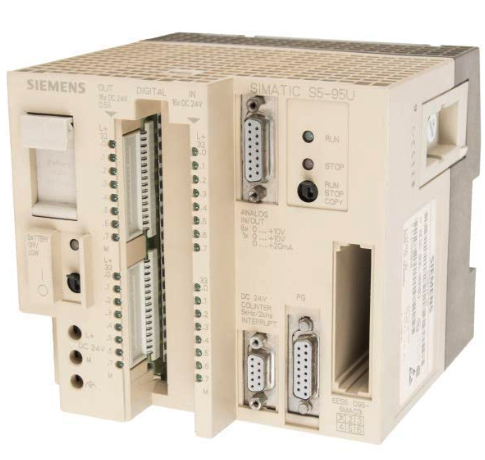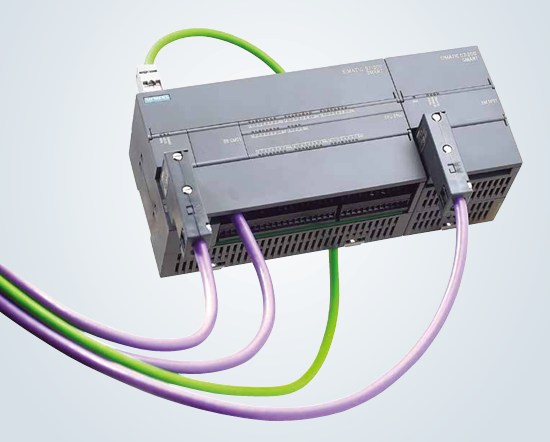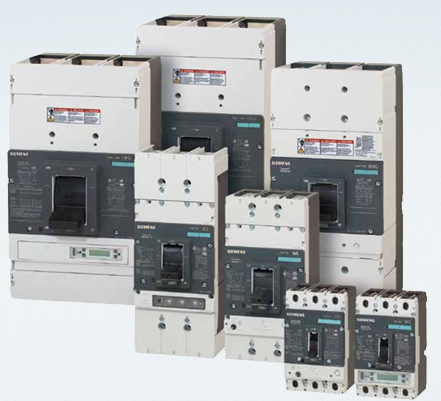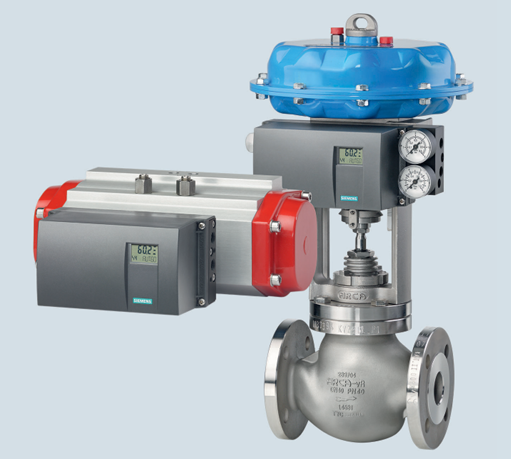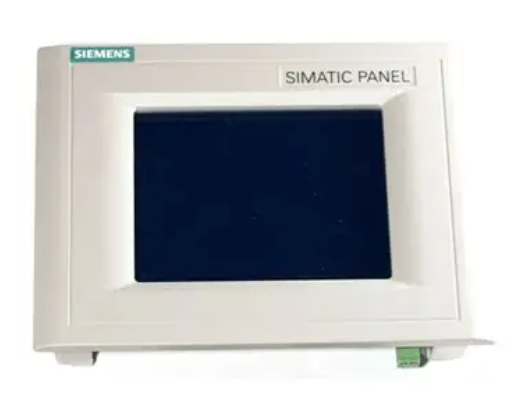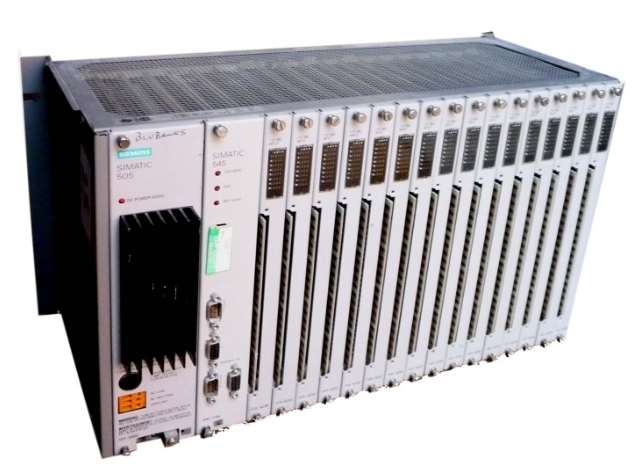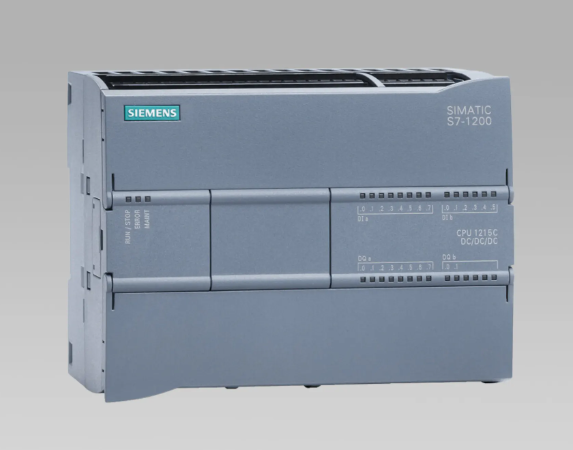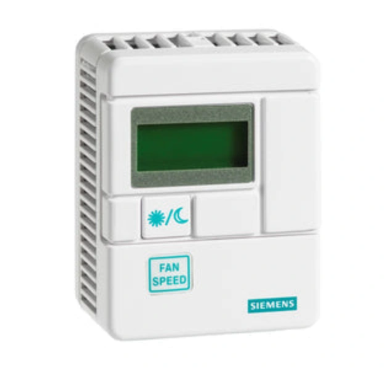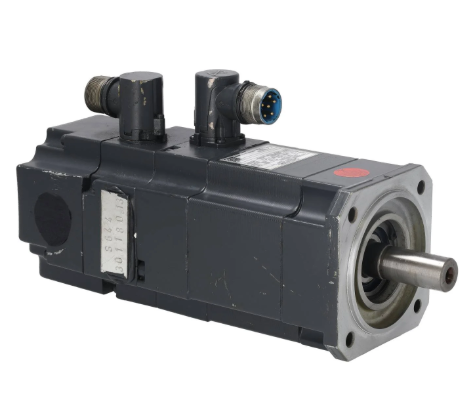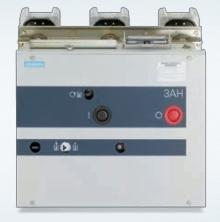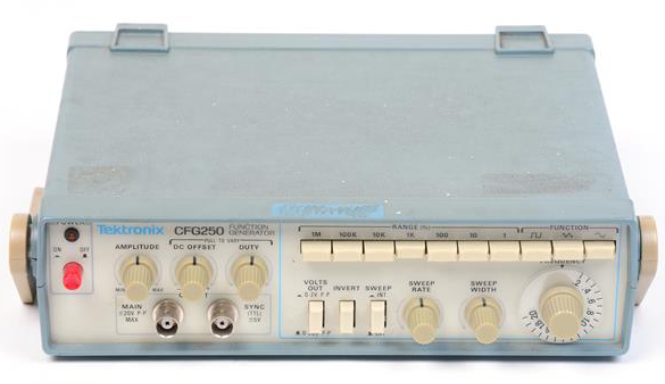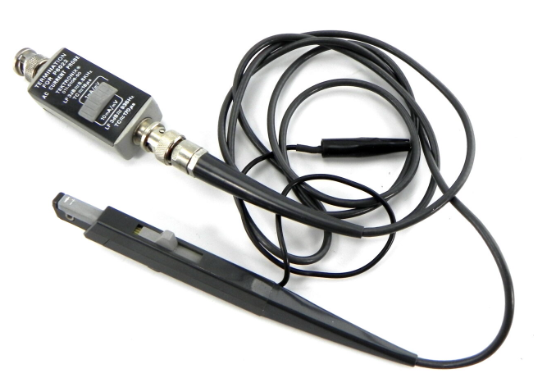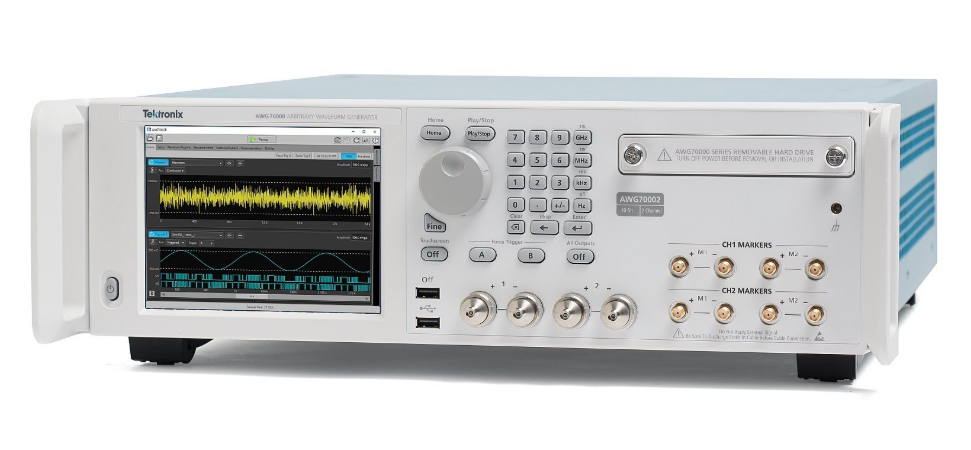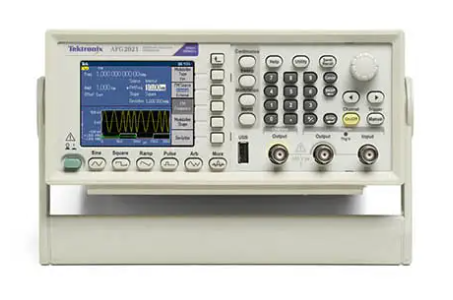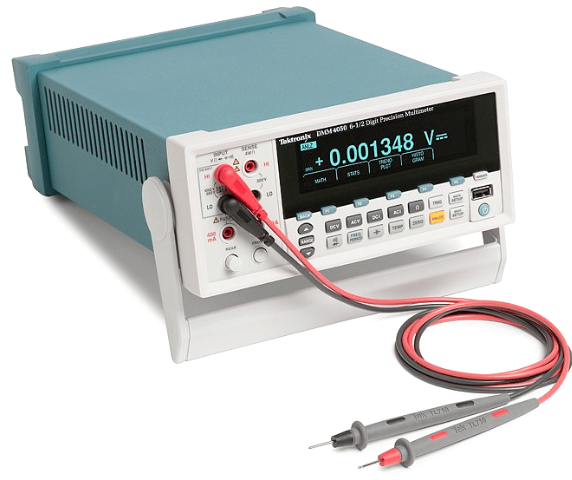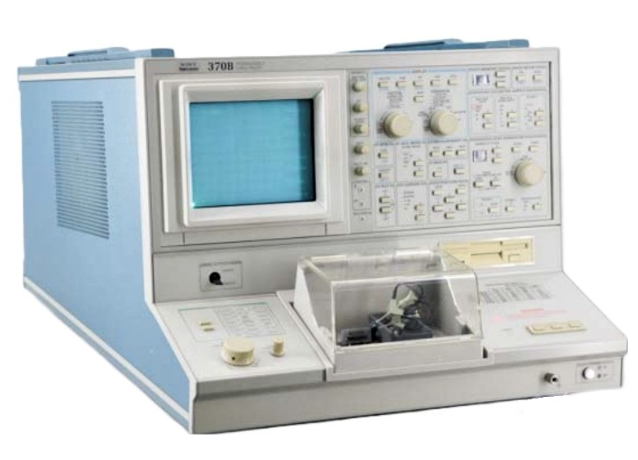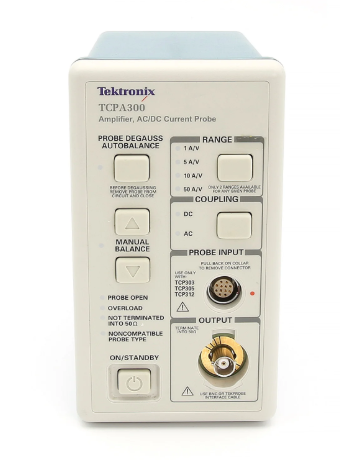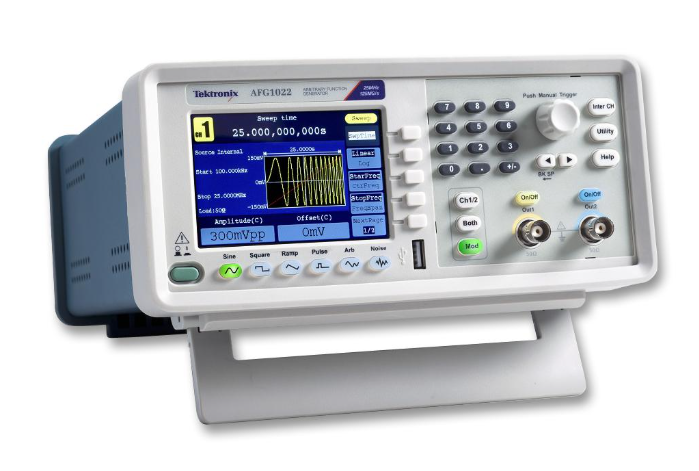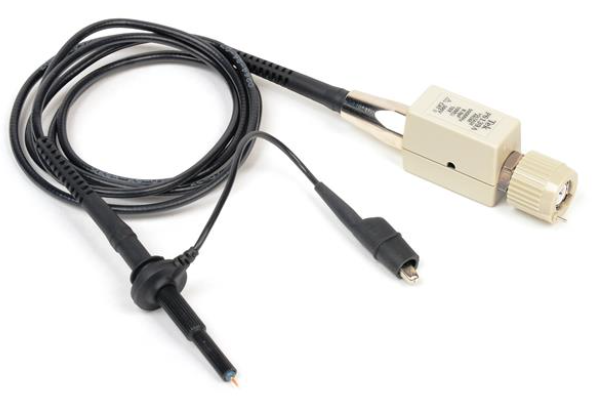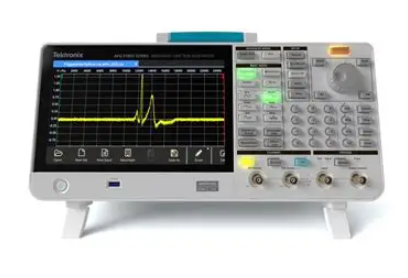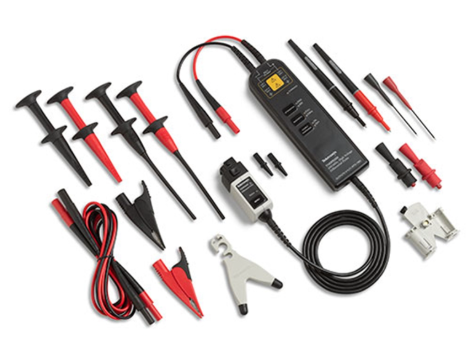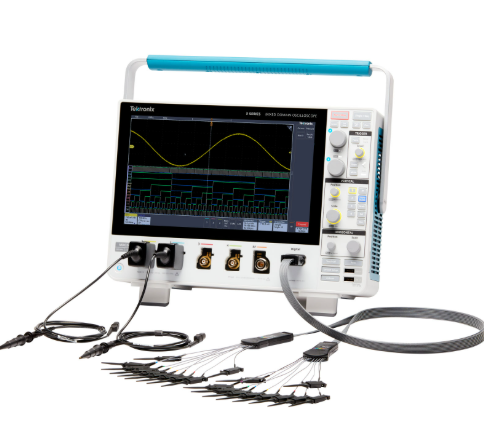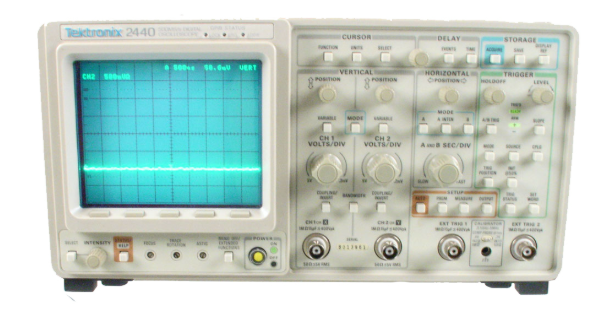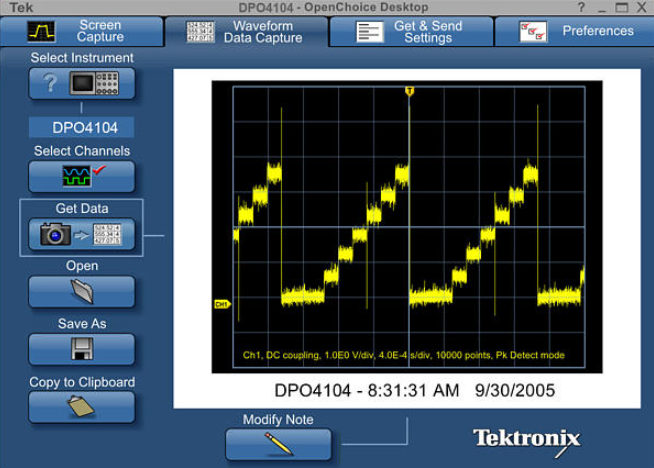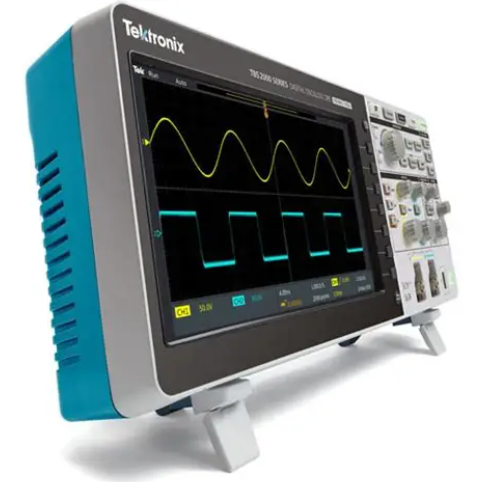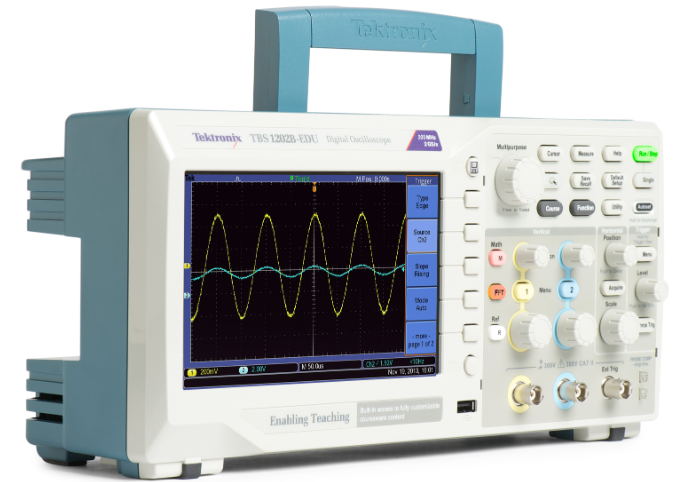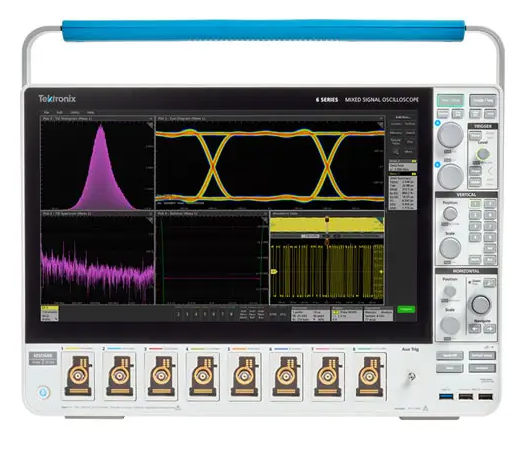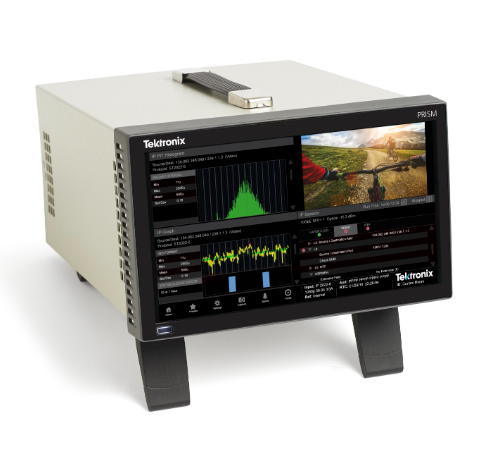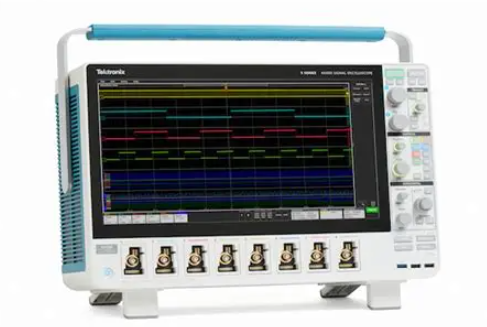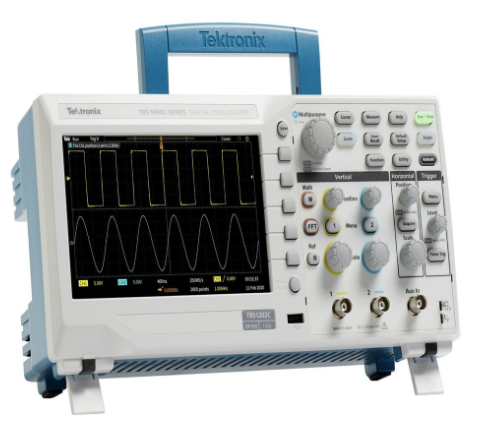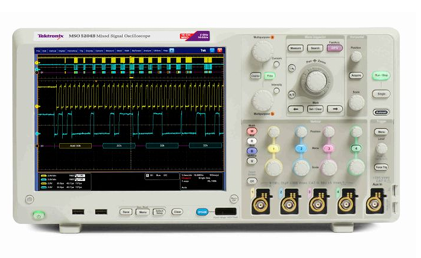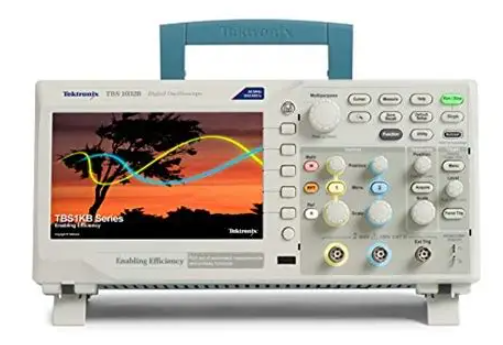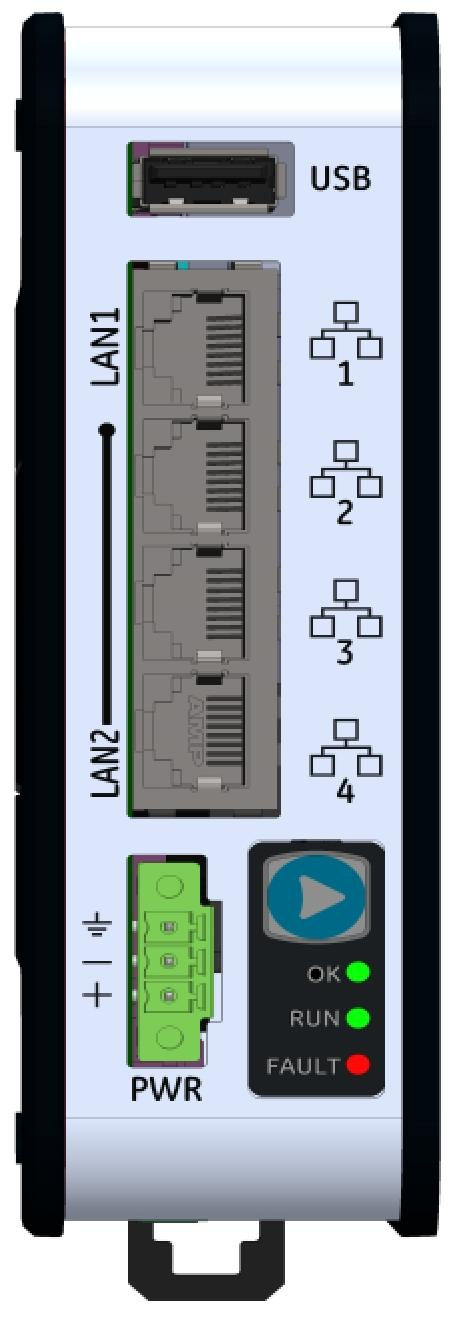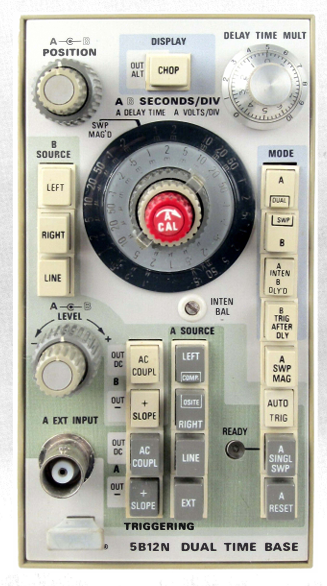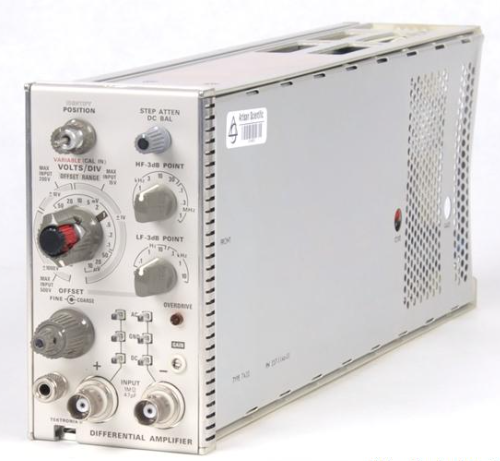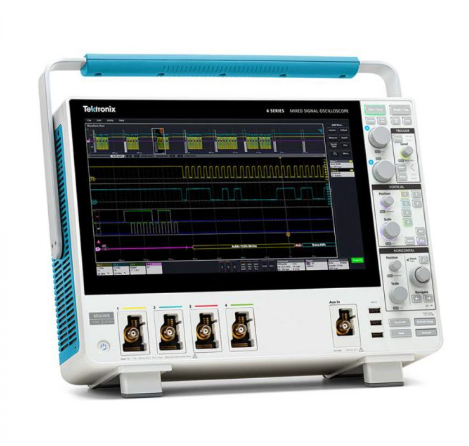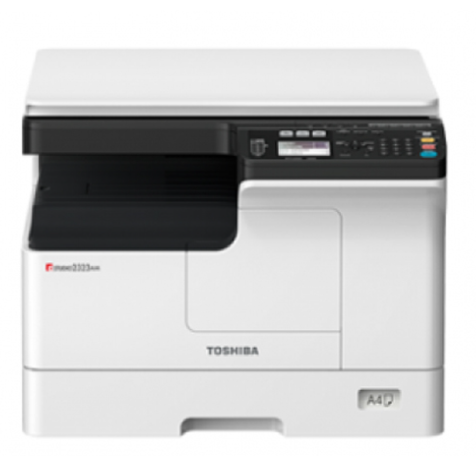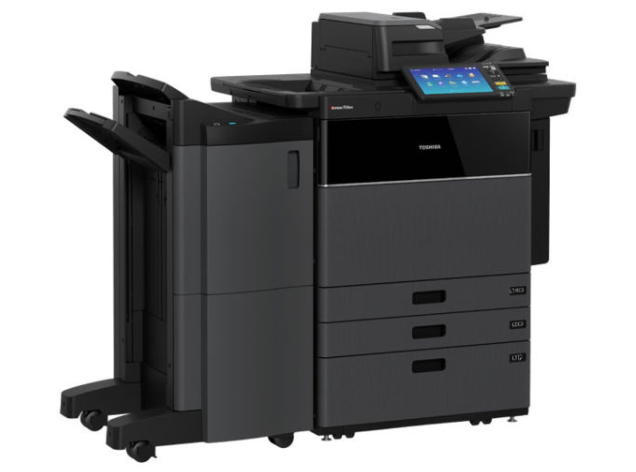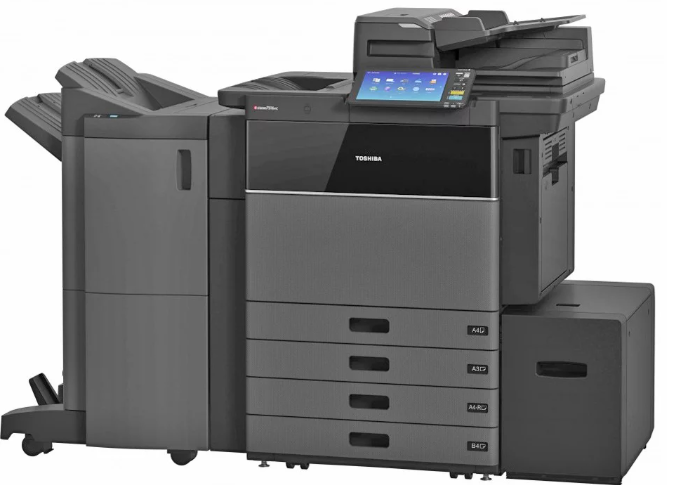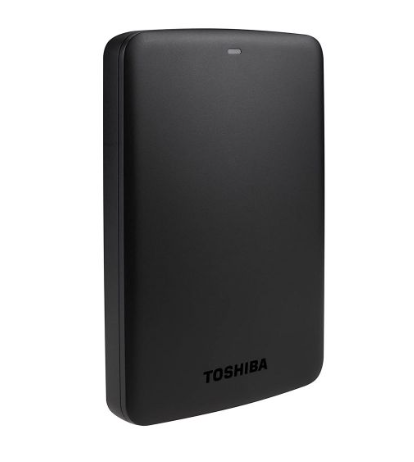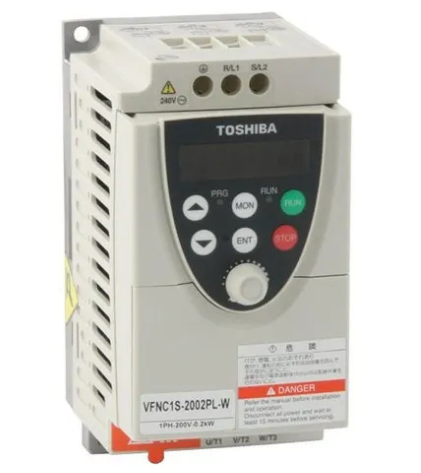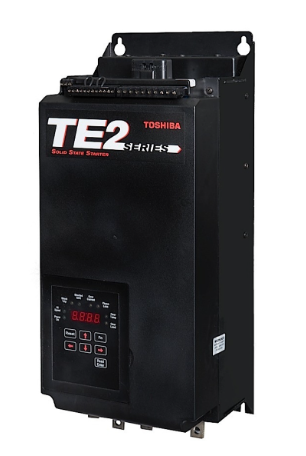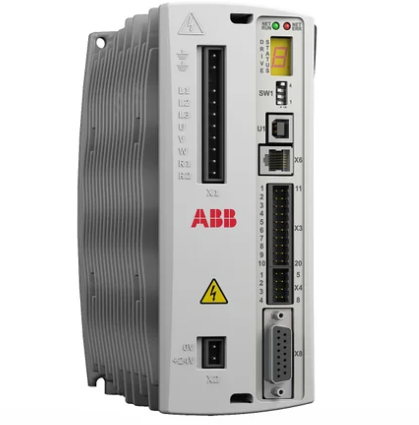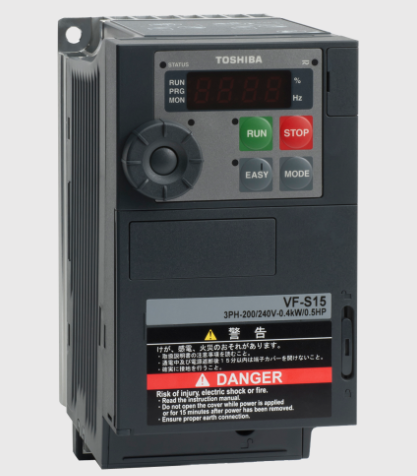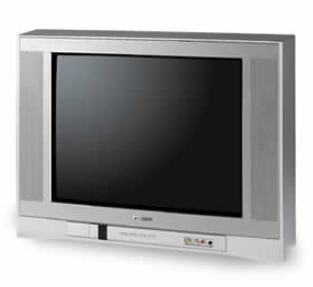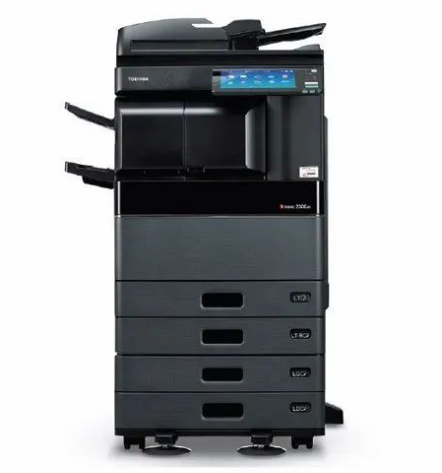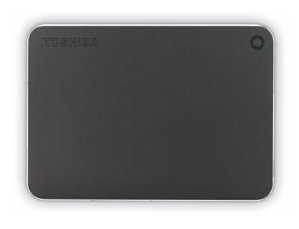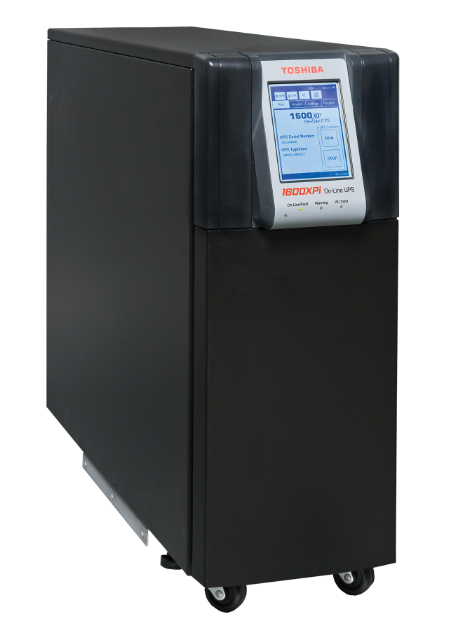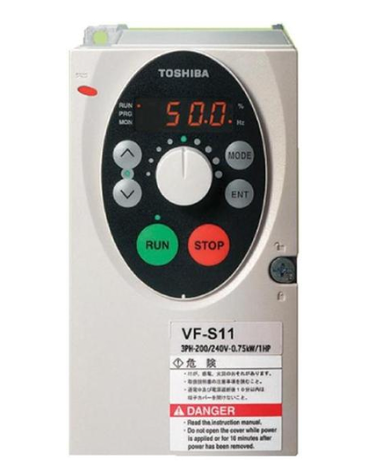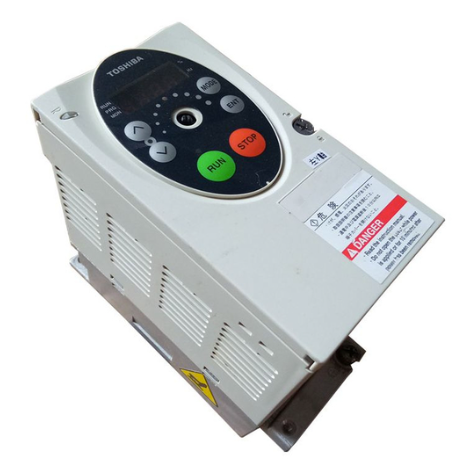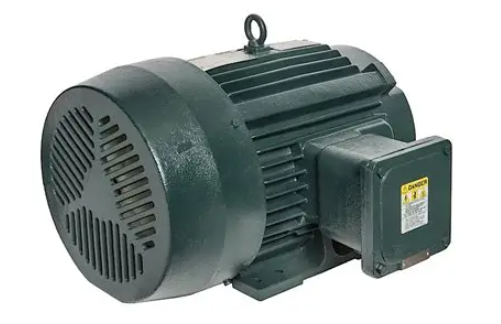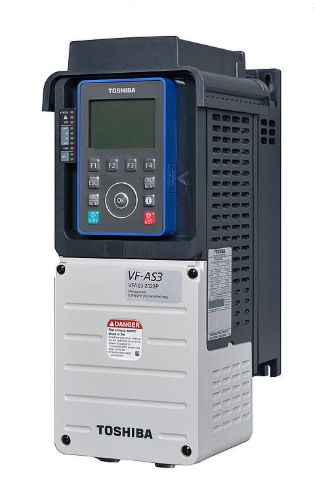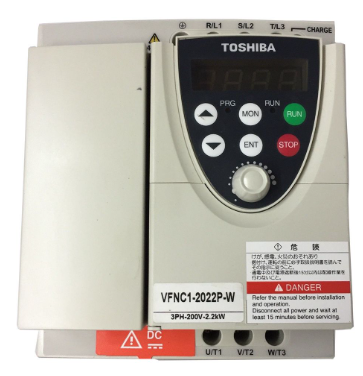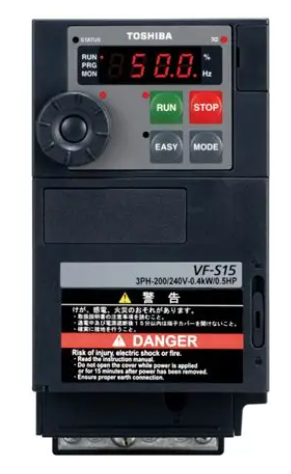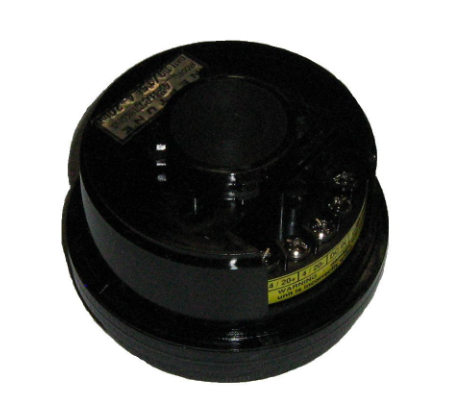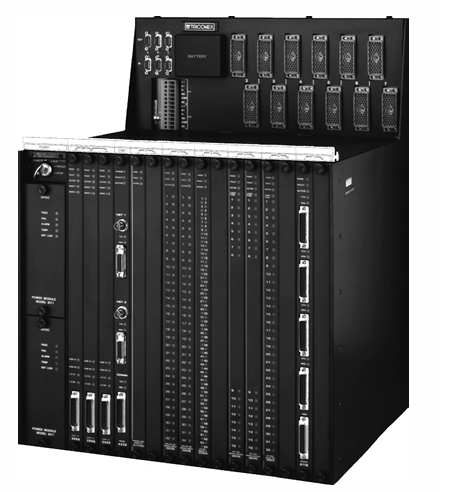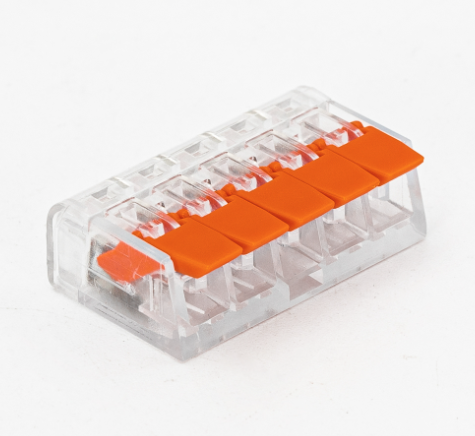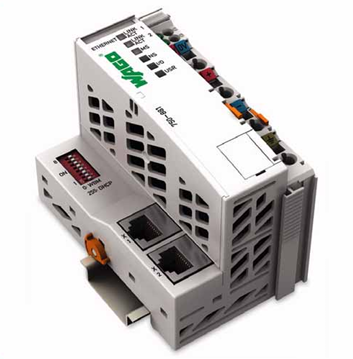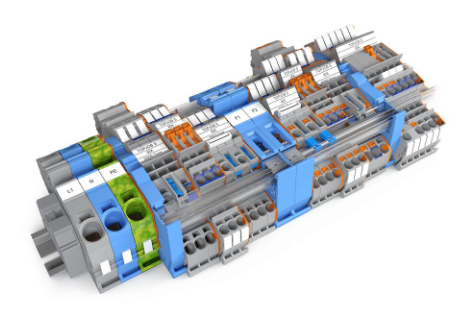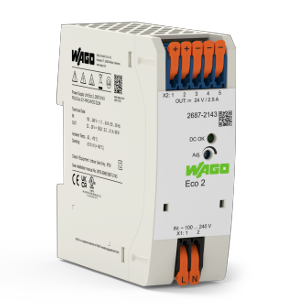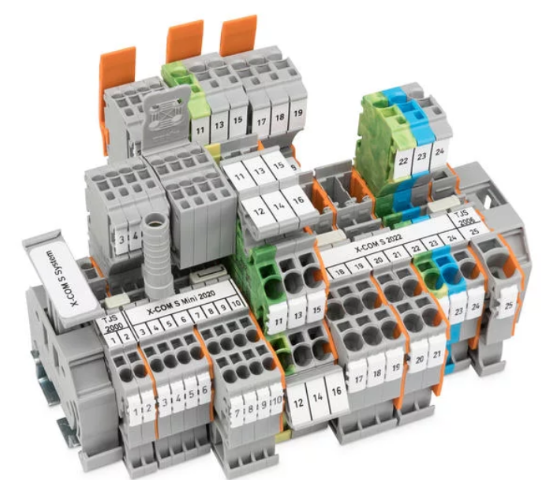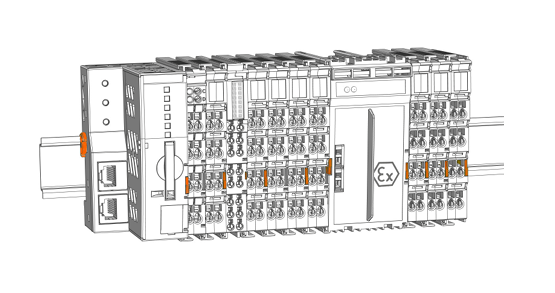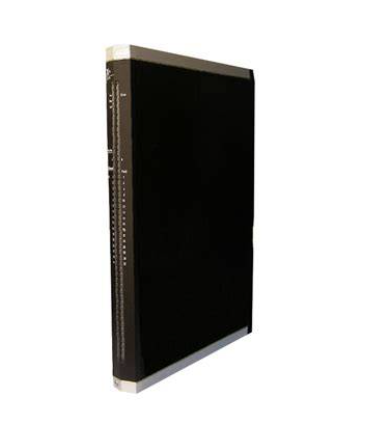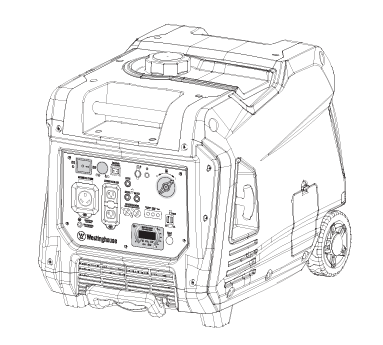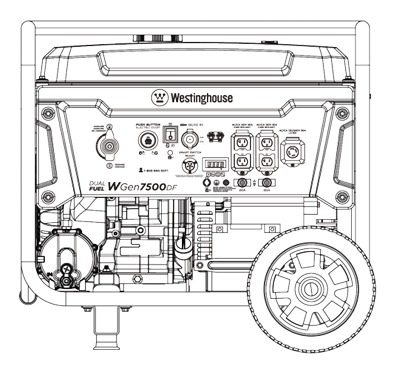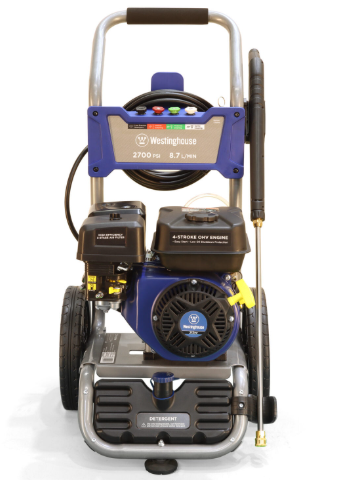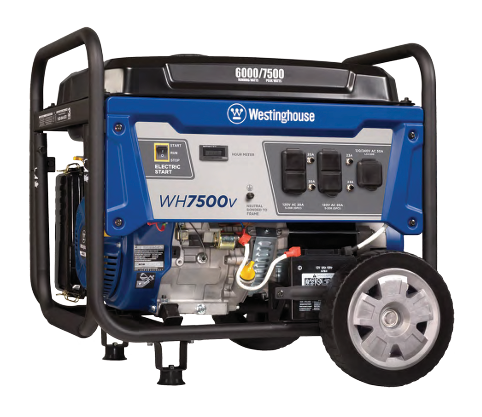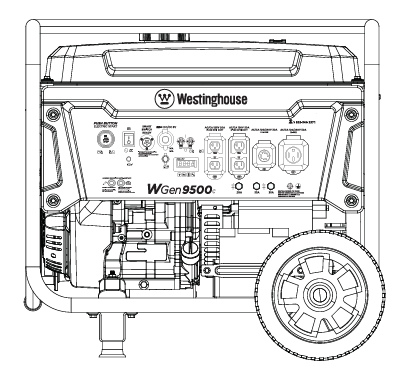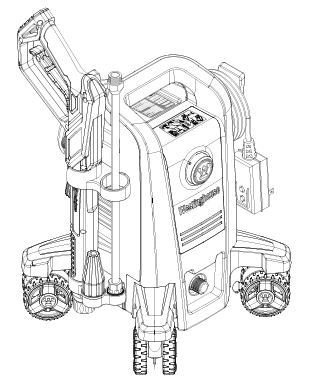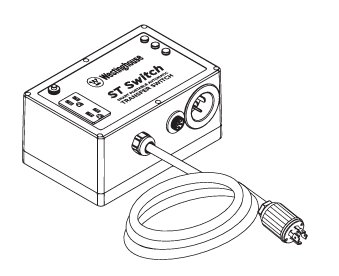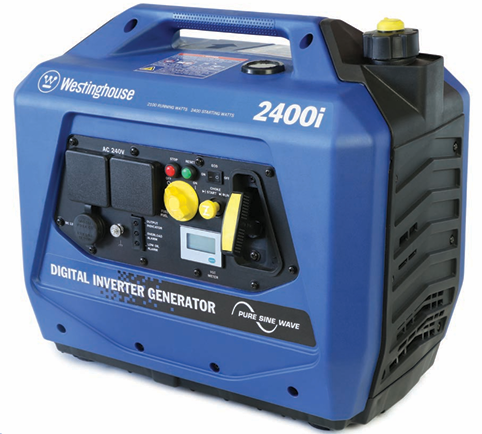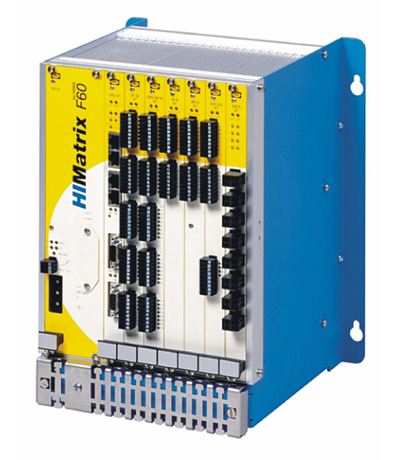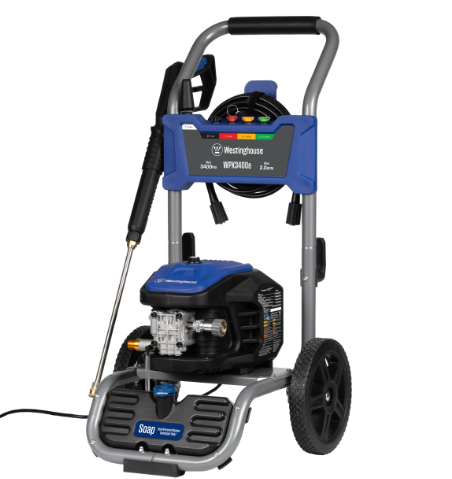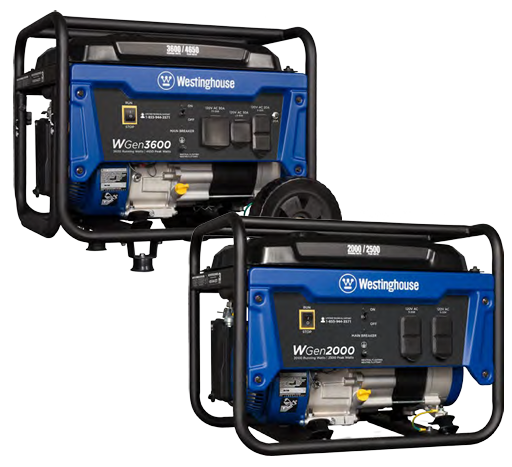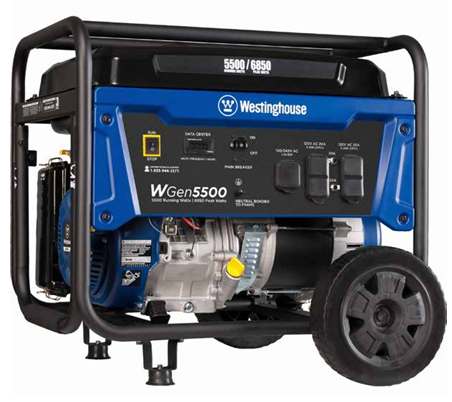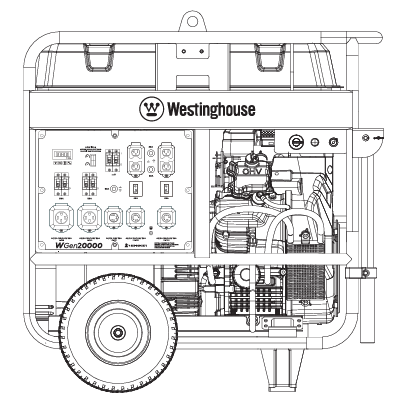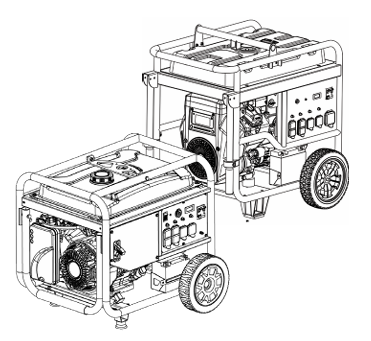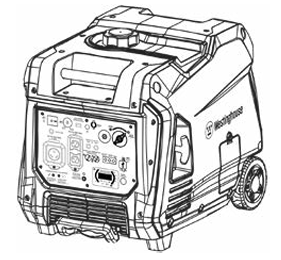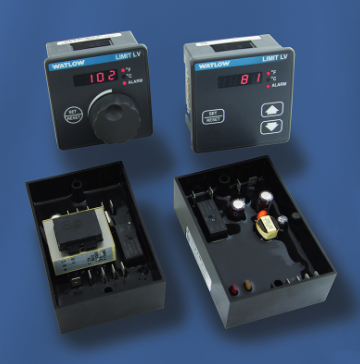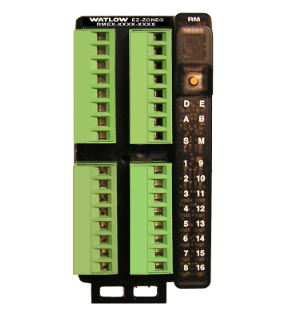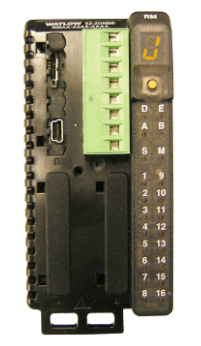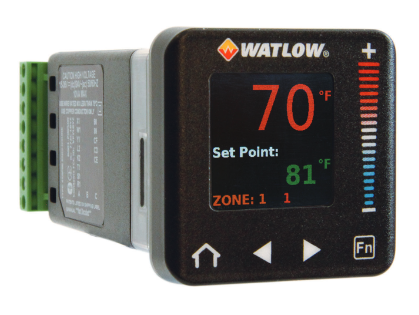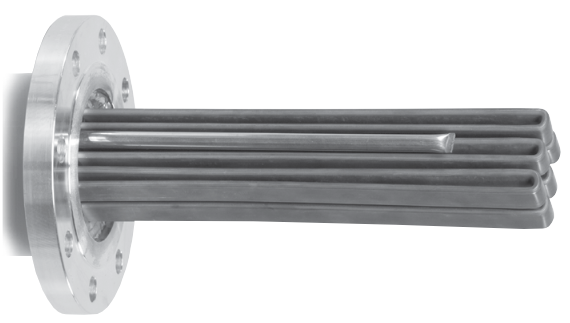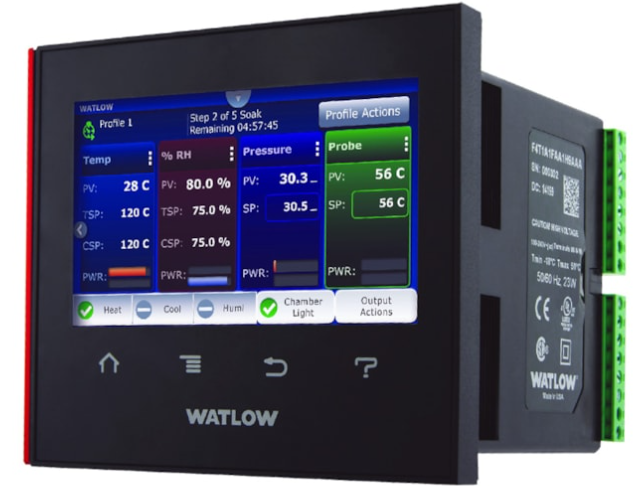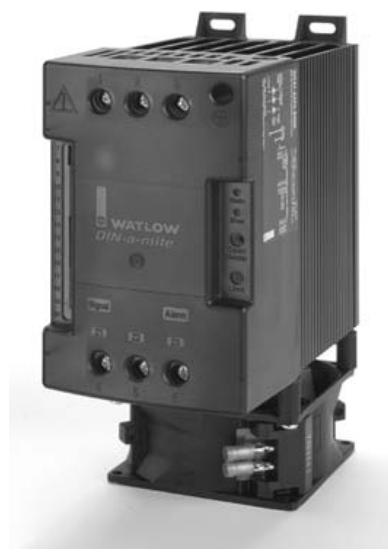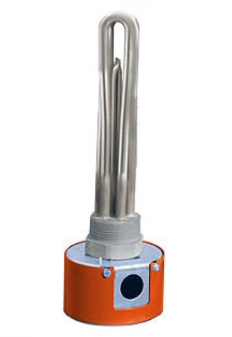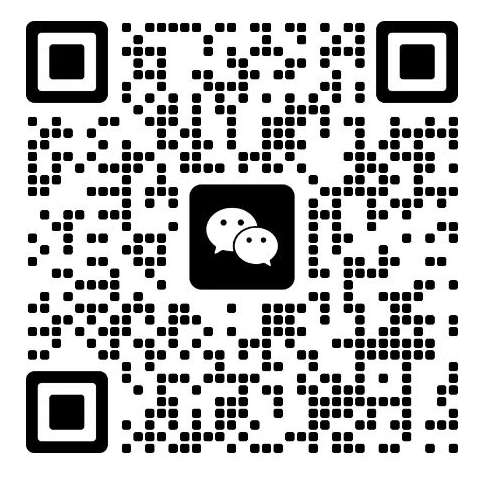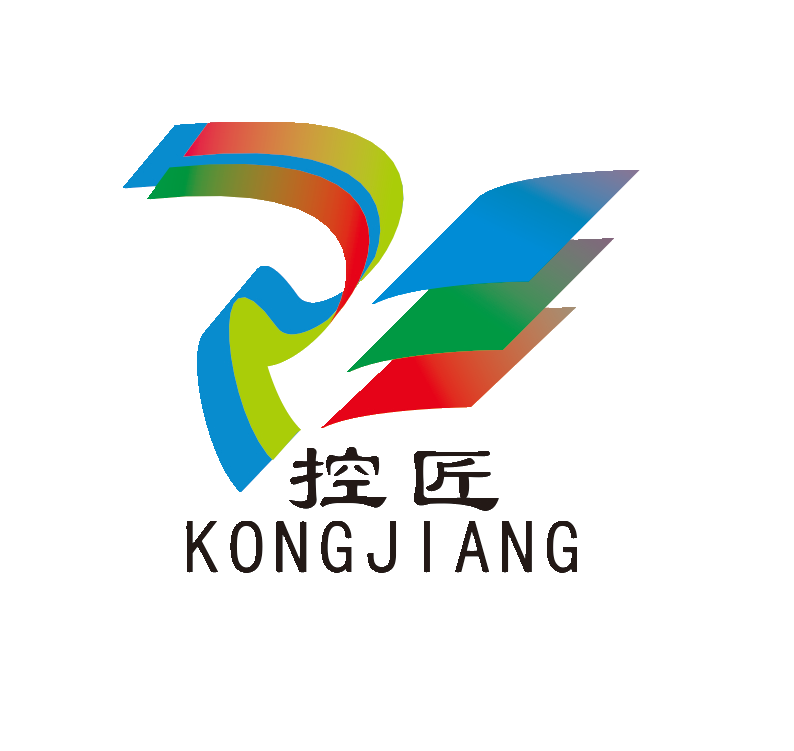

K-WANG


- Telephone:+86-15305925923
- contacts:Mr.Wang
- Email:wang@kongjiangauto.com
ABB TZF12 Module TZF12 H&B Contronic
Basic information
Appearance and structure: usually adopts the standard industrial module shape design, rectangular shape, the shell is usually made of metal, with good electromagnetic shielding performance and mechanical strength, can adapt to the more harsh industrial environment, the surface is usually sprayed with protective paint, the colour is mostly industrial grey or black, to prevent rust and corrosion.
Marking and model: ‘TZF12’ and ‘ABB H&B Contronic’ are clearly printed on the front or side of the module, making it easy for users to quickly identify and confirm the module in a large number of devices.
Technical Parameters
Power supply specifications: generally 24V DC power supply, the input voltage allows a certain range of fluctuations, usually between ±10% and ±15% of the rated voltage fluctuations, in order to adapt to the unstable power supply voltage in the industrial field.
Signal Processing Capability: With multiple input and output channels, it can process both digital and analogue signals. The digital input channel can receive discrete signals from sensors, switches and other equipment, such as switching signals, etc.; analogue input channel can receive continuously changing analogue signals such as temperature, pressure, flow, etc. The input signal range is generally 0-10V or 4-20mA and other standard industrial signals.
Communication ability: It supports a variety of communication protocols, such as Profibus, Modbus, industrial Ethernet, etc. The baud rate can be set according to the specific application requirements, generally between 9600bps and 10Mbps, so that it can conveniently exchange data and communicate with other industrial equipment.
Functional characteristics
Control function: It can realise the control of various equipments and processes in the industrial production process, such as the start-stop and speed control of motors, the opening control of valves and the action control of other actuators, etc. It can be controlled by internal logic control programs and algorithms. Through the internal logic control procedures and algorithms, it analyses and processes the input signals and outputs the corresponding control signals to achieve automated production and process control.
Data Acquisition and Monitoring: It can collect real-time operating data and status information of on-site equipments, such as operating temperature, pressure, flow rate and other parameters of equipments, as well as fault alarm information of equipments, etc., and upload these data to the supercomputer or other monitoring equipments through the communication interface, which is convenient for the operators to carry out real-time monitoring and management of the whole production process.
Fault diagnosis and protection: Built-in perfect fault diagnosis function, can real-time monitor its own working status and operating parameters, when detecting faults or abnormalities, it can quickly send out alarm signals, and can be based on the preset fault handling strategy to carry out the corresponding protective actions, such as automatically cut off the output signal, stop the equipment operation, etc., in order to avoid further expansion of the fault.
Application Fields
Industrial automation production line: in automobile manufacturing, machining, electronic equipment production and other types of automated production lines, used to control the operation of production equipment, collect data in the production process, communication and cooperative work between the equipment, etc., to improve production efficiency and product quality, reduce labour costs and labour intensity.
Energy management system: In the energy management system of electric power, petroleum, chemical and other energy industries, it can be used to monitor and control the operation status of energy equipment, collect energy consumption data, achieve optimal distribution and management of energy, improve the efficiency of energy utilisation, and reduce energy consumption and costs.
Intelligent building and security system: in intelligent buildings, it can be used to control the operation of lifts, air-conditioning, lighting and other equipment in the building to achieve automated management and energy-saving control of the equipment; in the security system, it can be used to monitor the operation status of access control, surveillance cameras and other equipment, and to collect and process security alarm information.
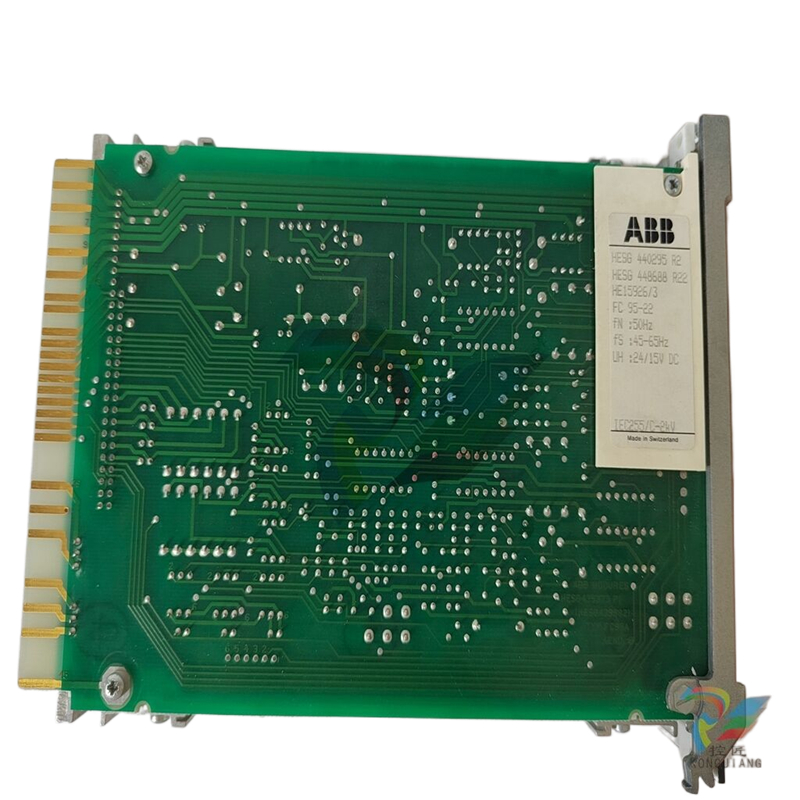
| User name | Member Level | Quantity | Specification | Purchase Date |
|---|






